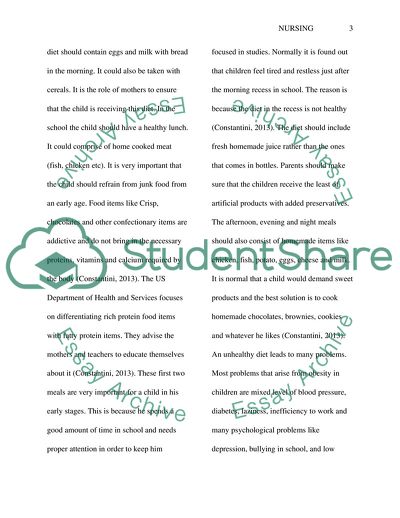Cite this document
(Health Policy Brief: CHILDHOOD OBESITY Assignment, n.d.)
Health Policy Brief: CHILDHOOD OBESITY Assignment. https://studentshare.org/medical-science/1841966-childhood-obesity-in-the-usa
Health Policy Brief: CHILDHOOD OBESITY Assignment. https://studentshare.org/medical-science/1841966-childhood-obesity-in-the-usa
(Health Policy Brief: CHILDHOOD OBESITY Assignment)
Health Policy Brief: CHILDHOOD OBESITY Assignment. https://studentshare.org/medical-science/1841966-childhood-obesity-in-the-usa.
Health Policy Brief: CHILDHOOD OBESITY Assignment. https://studentshare.org/medical-science/1841966-childhood-obesity-in-the-usa.
“Health Policy Brief: CHILDHOOD OBESITY Assignment”. https://studentshare.org/medical-science/1841966-childhood-obesity-in-the-usa.


